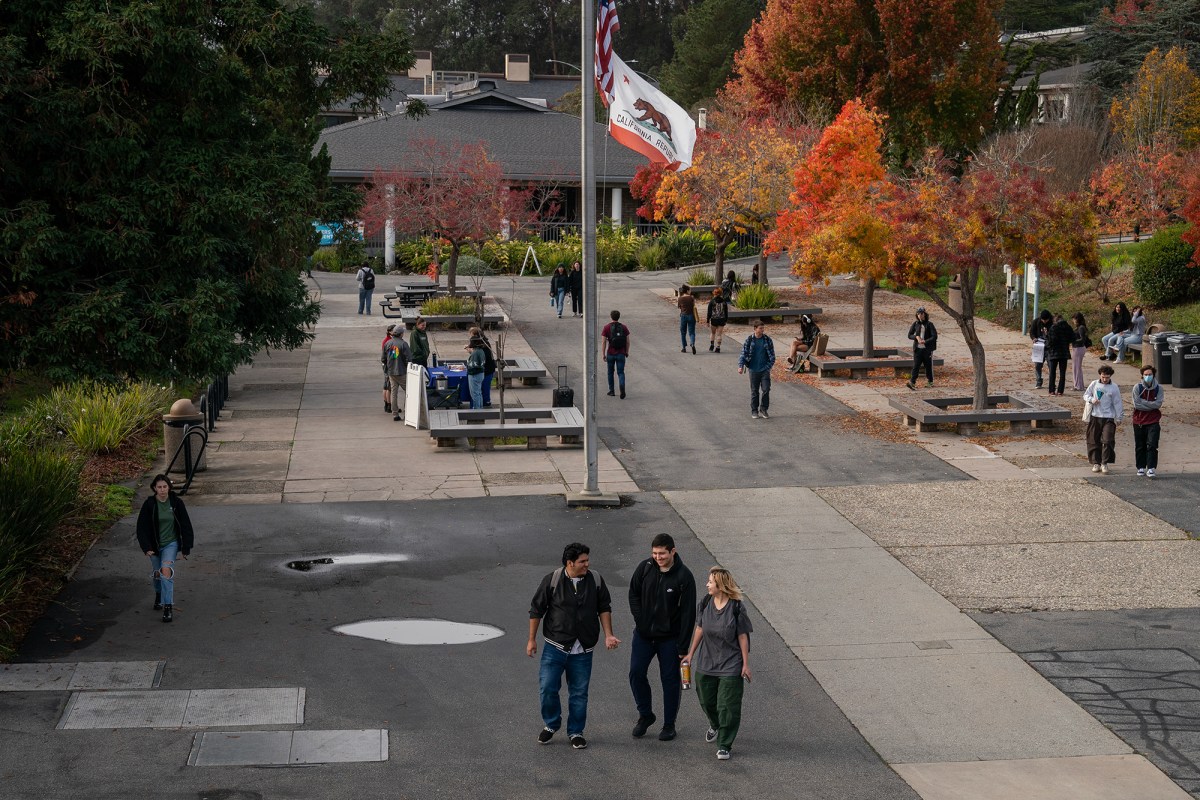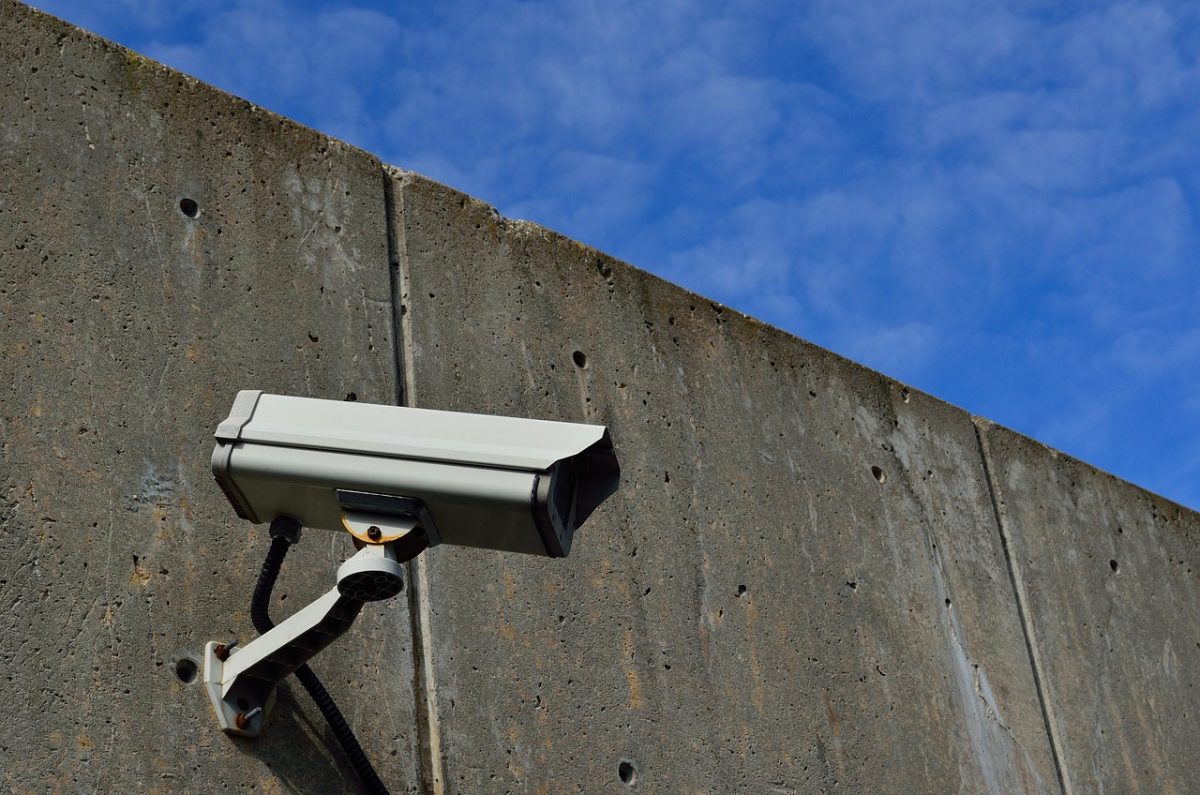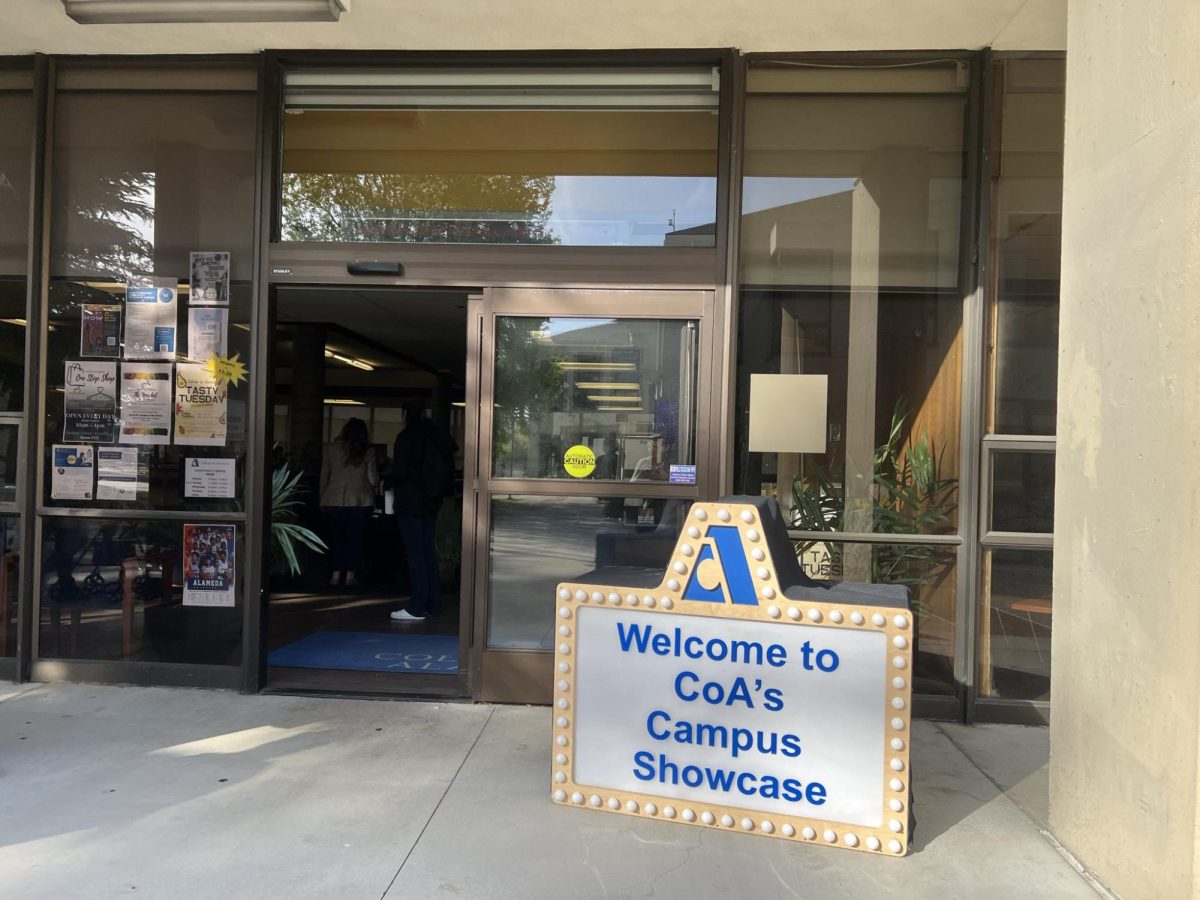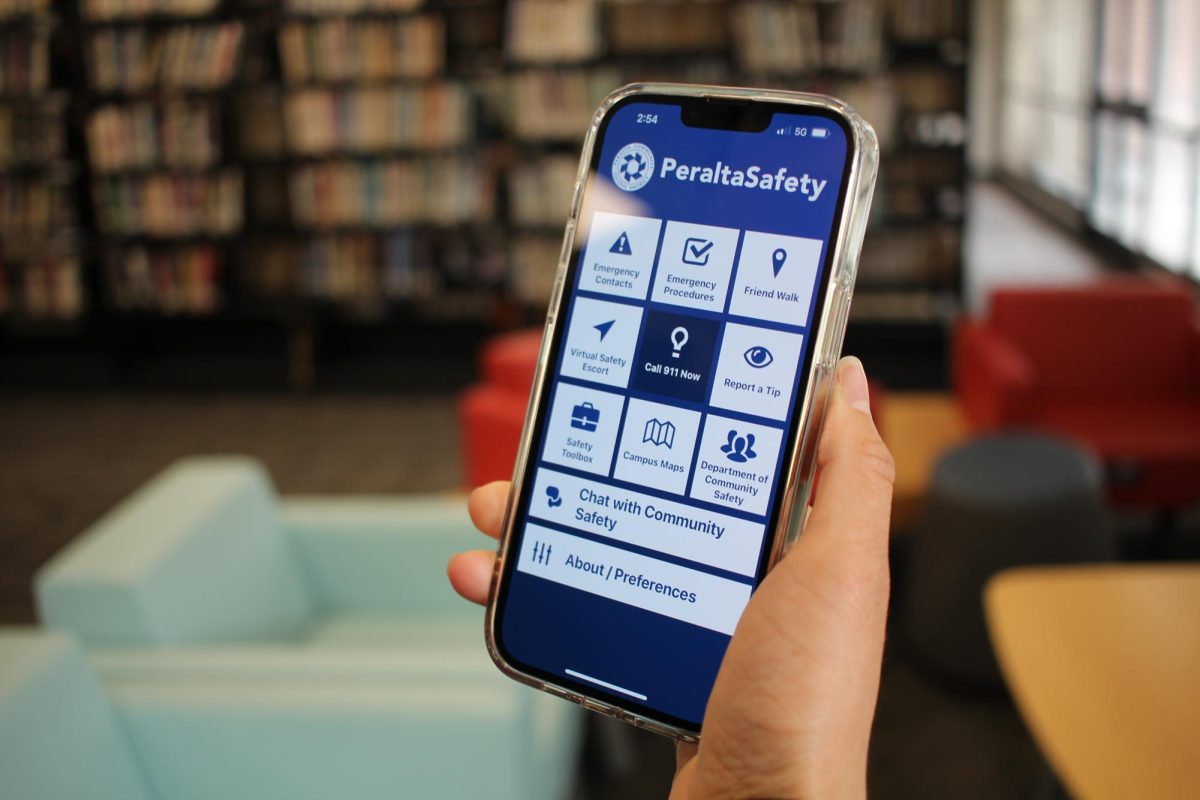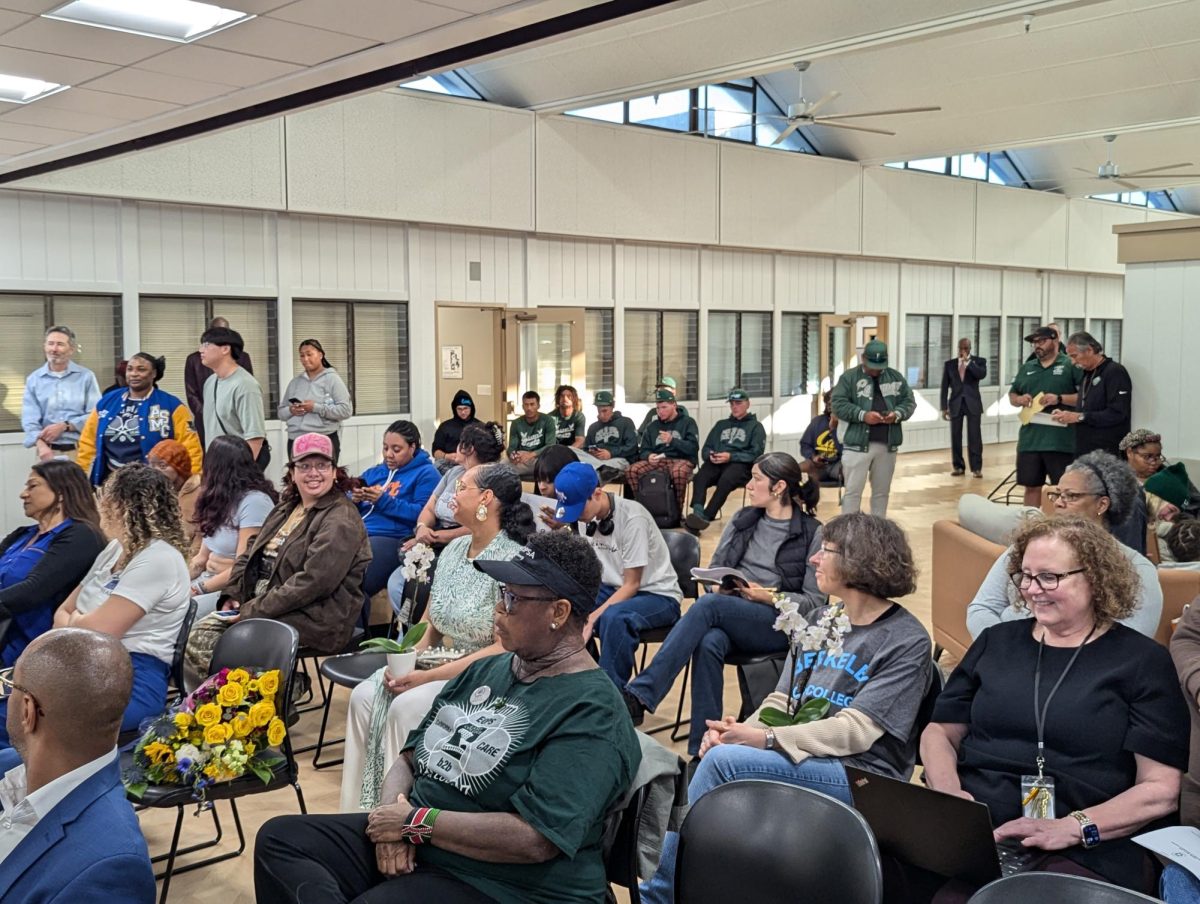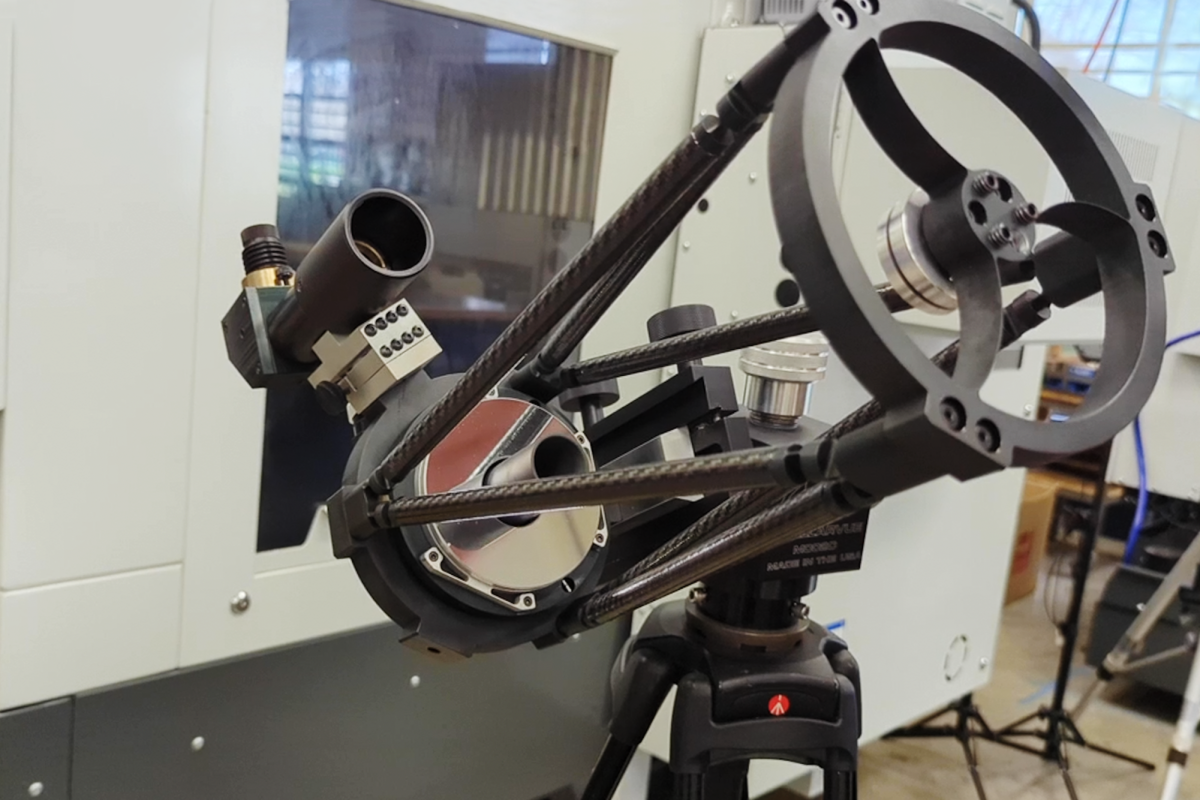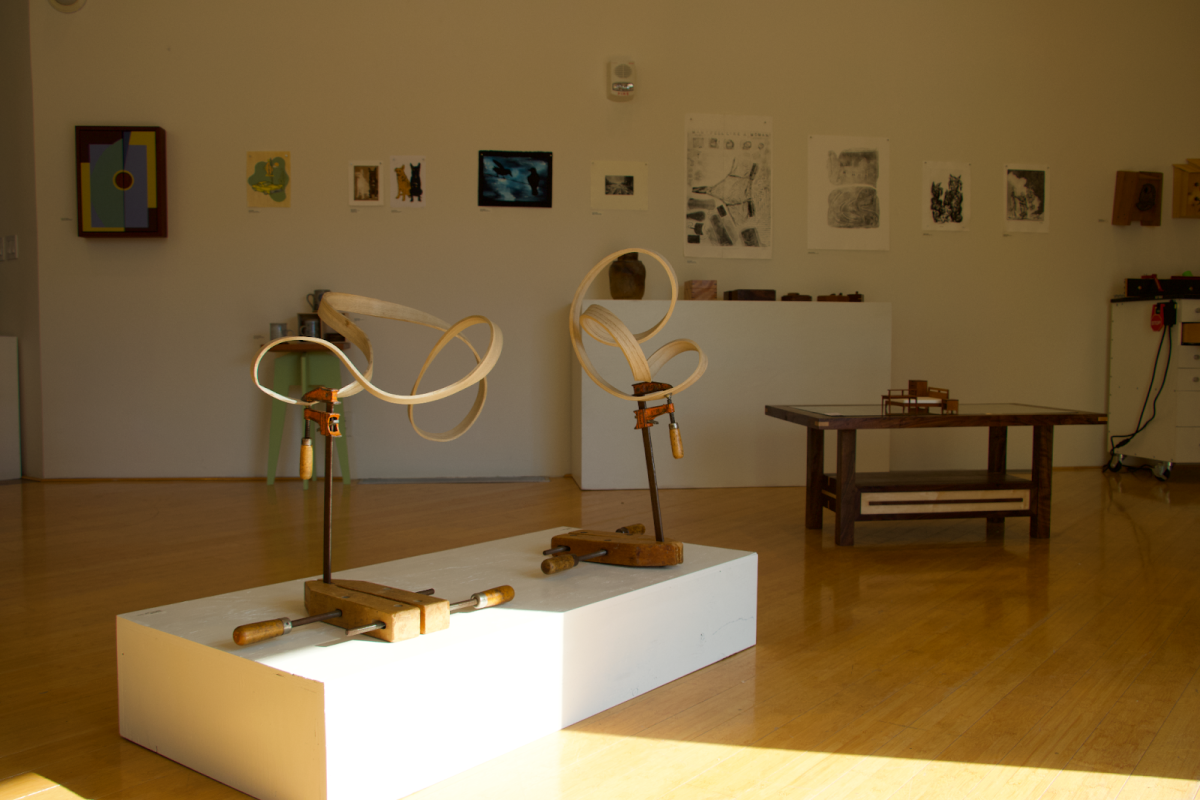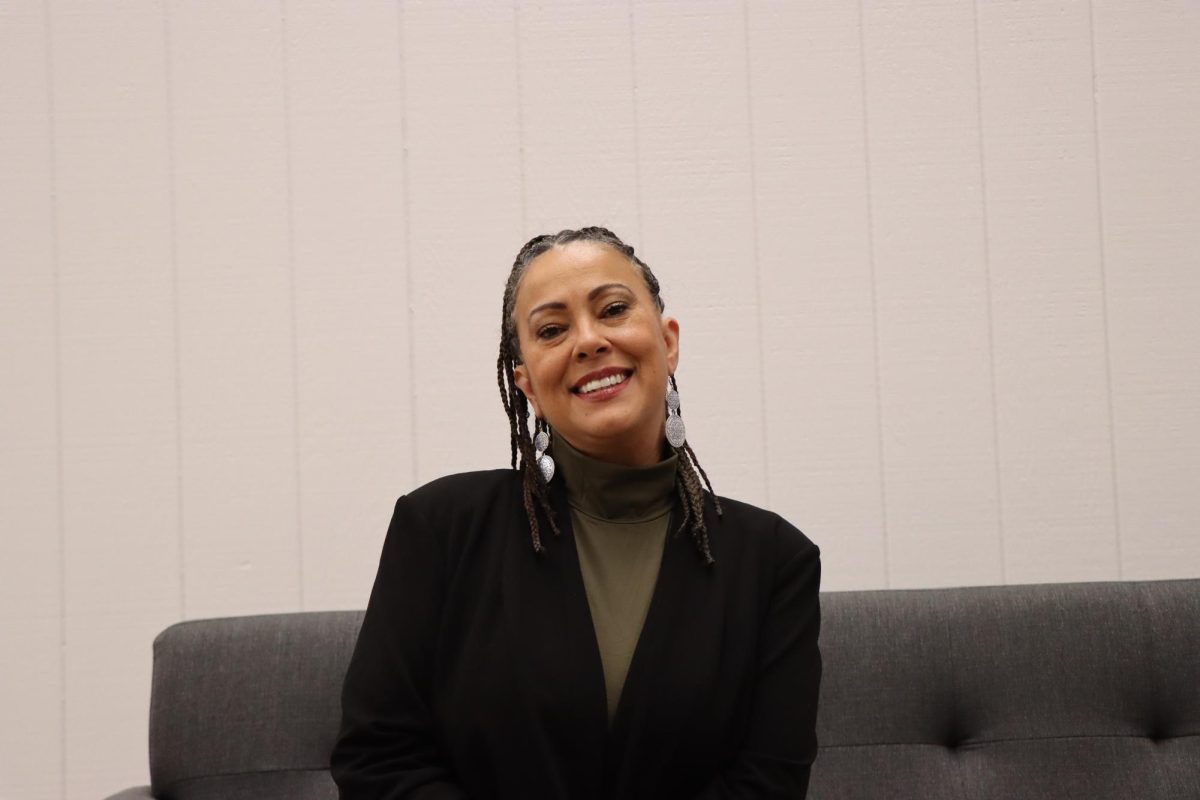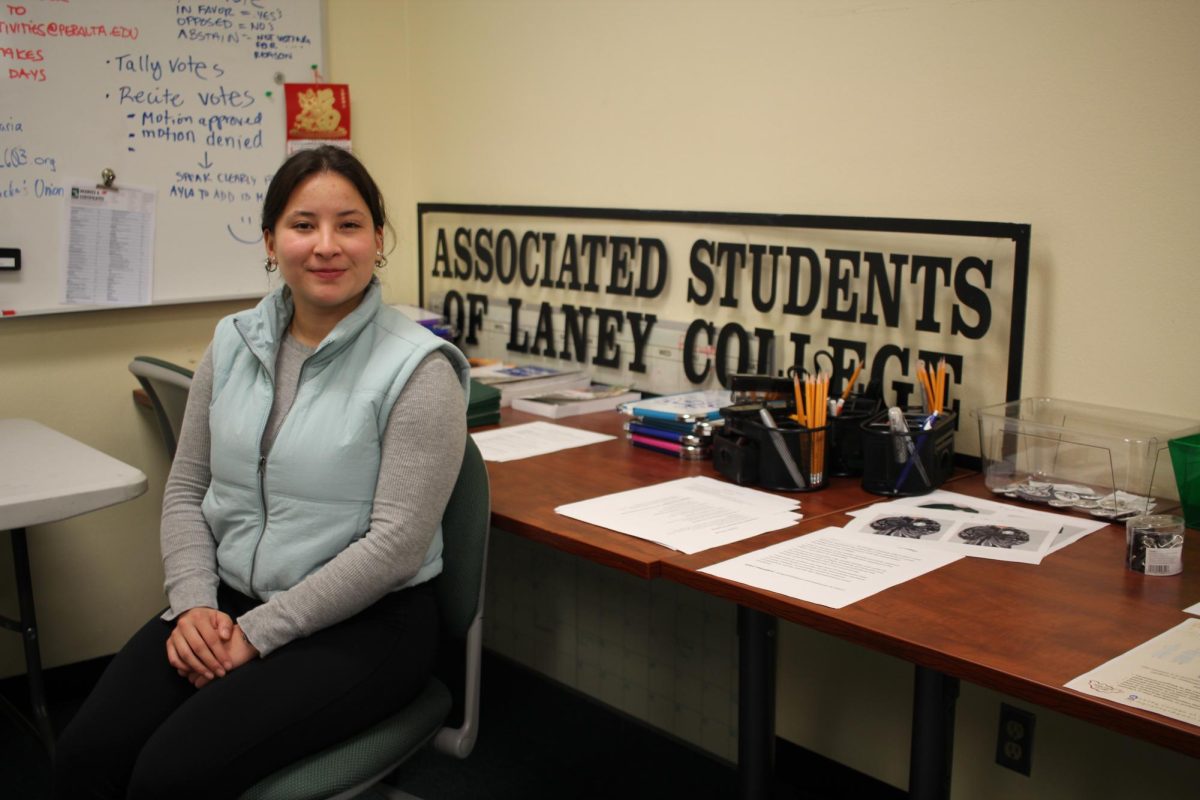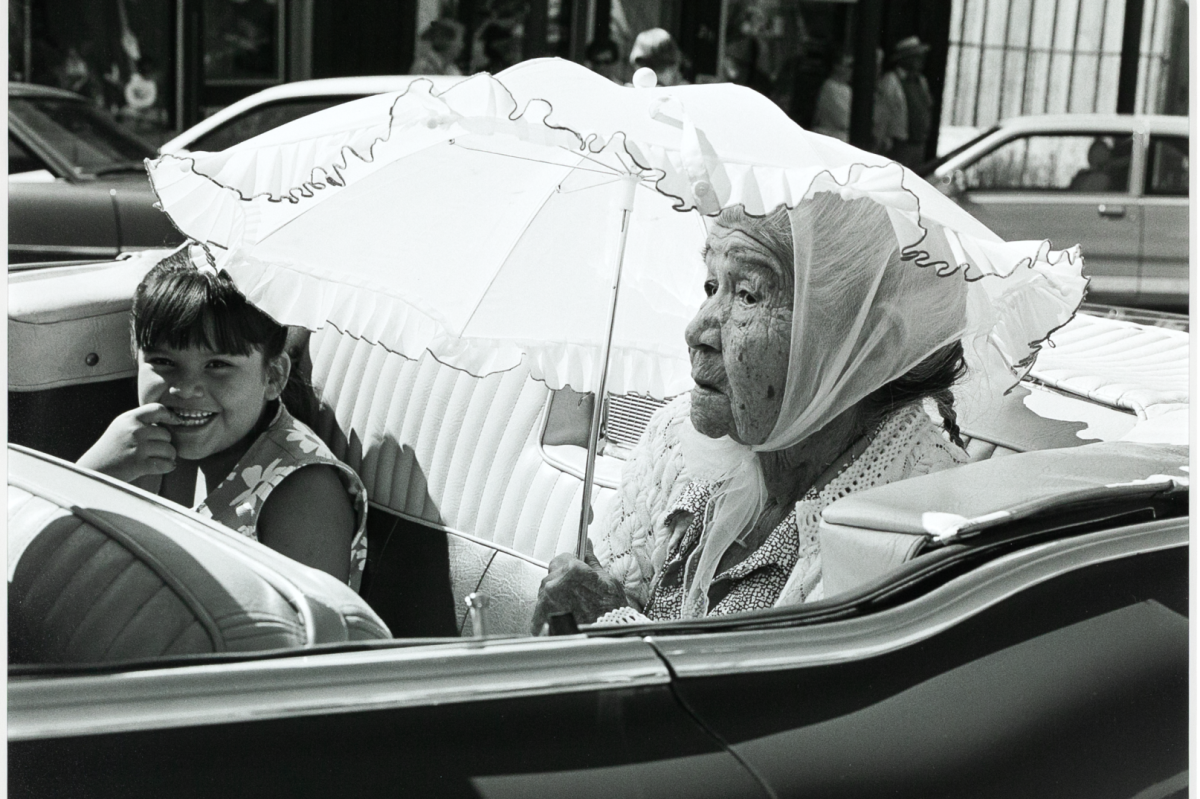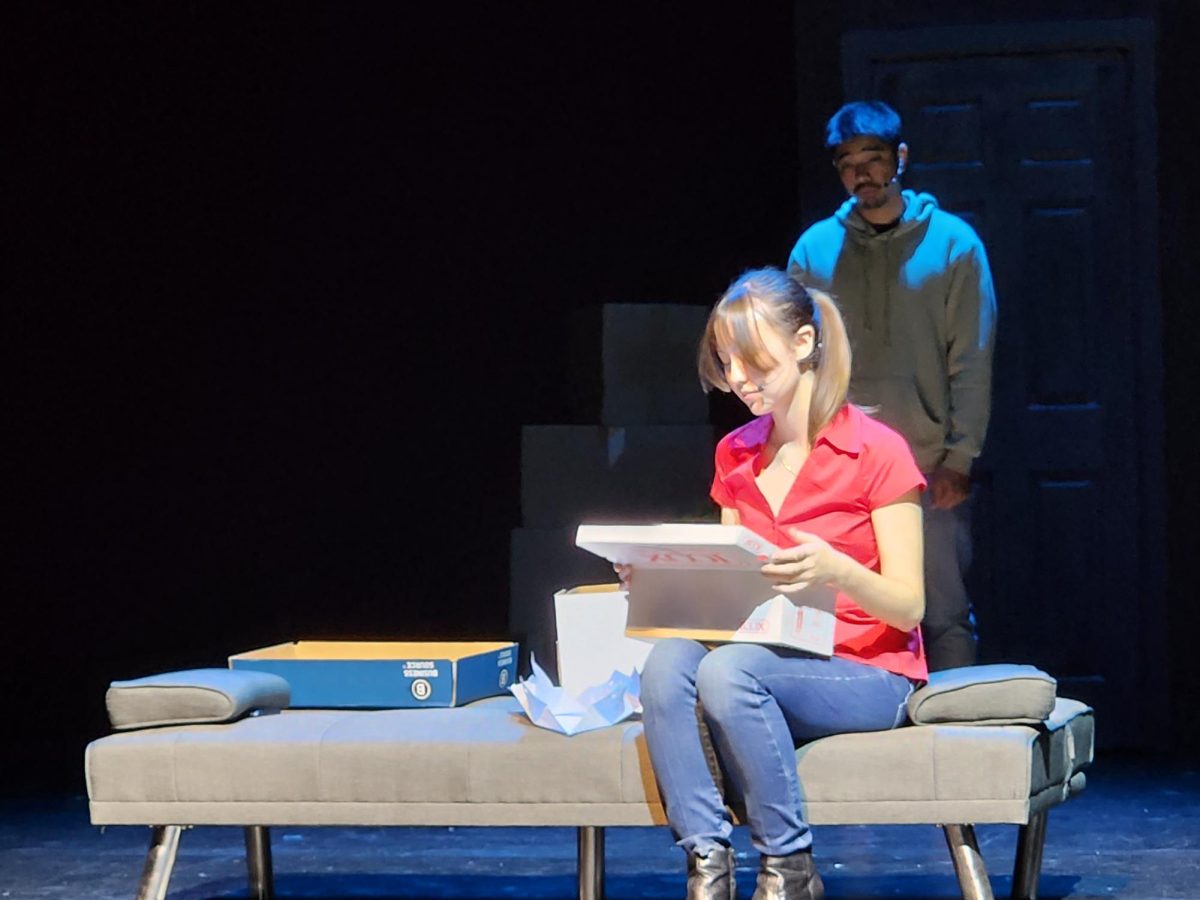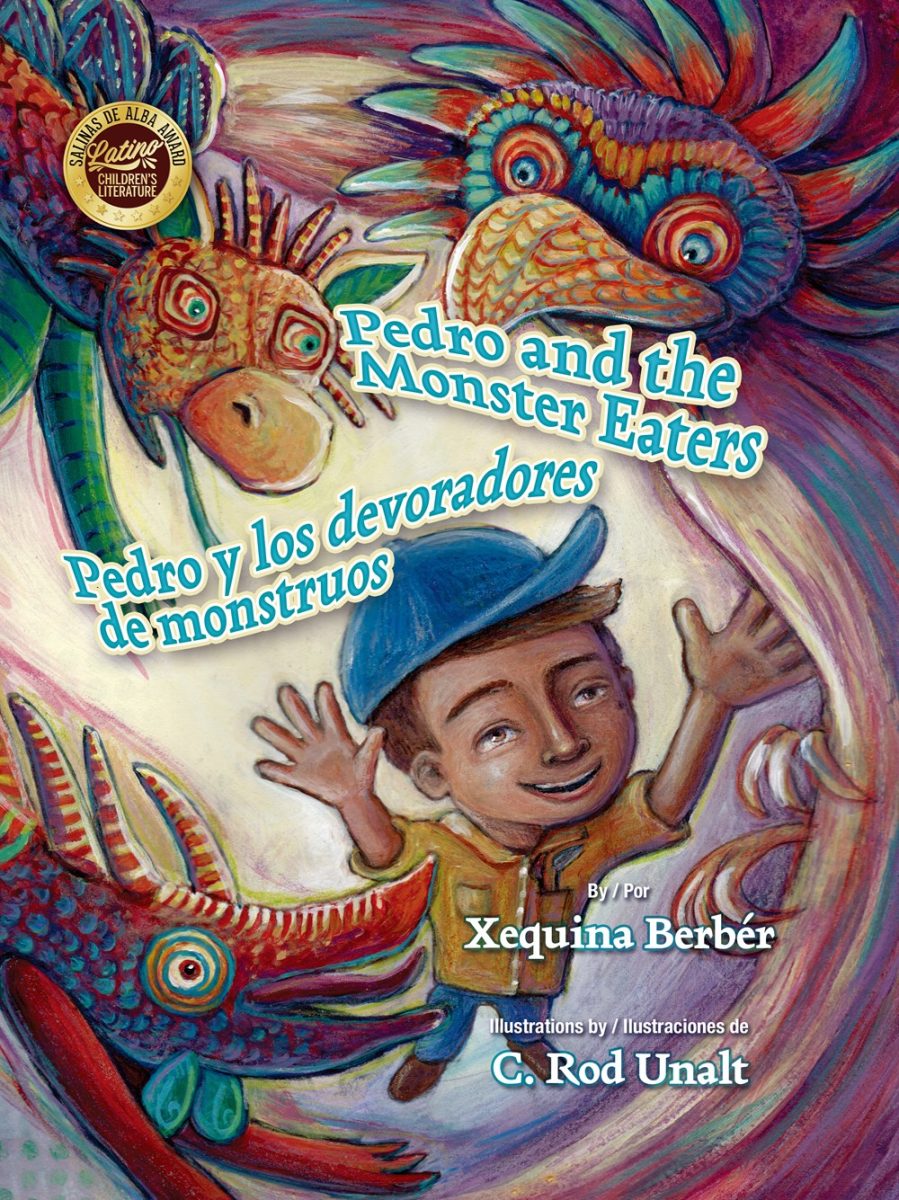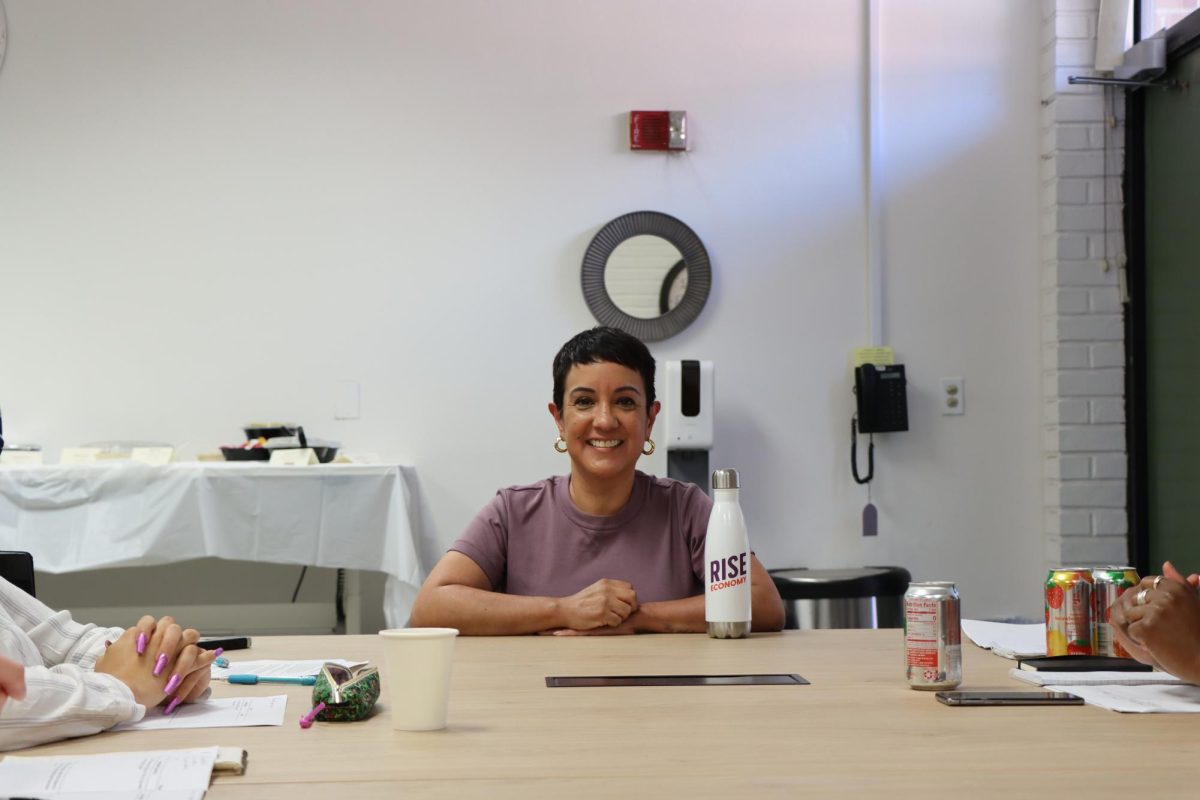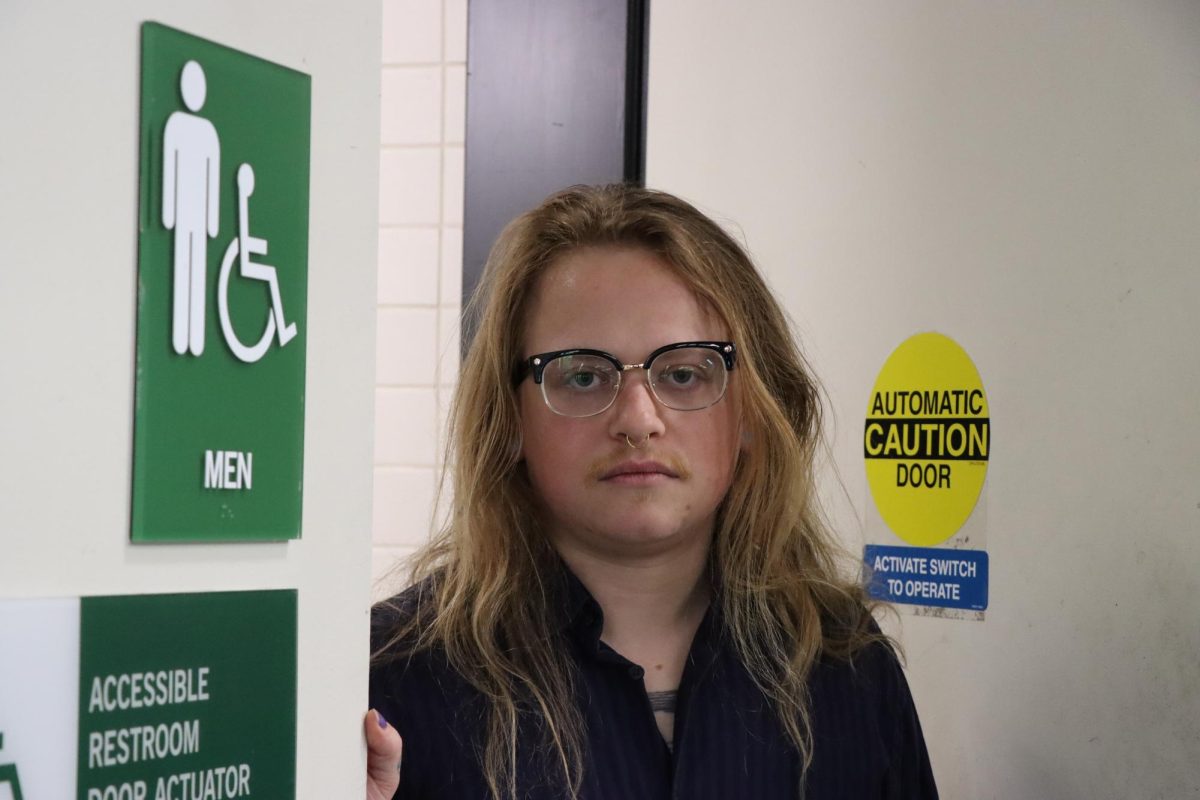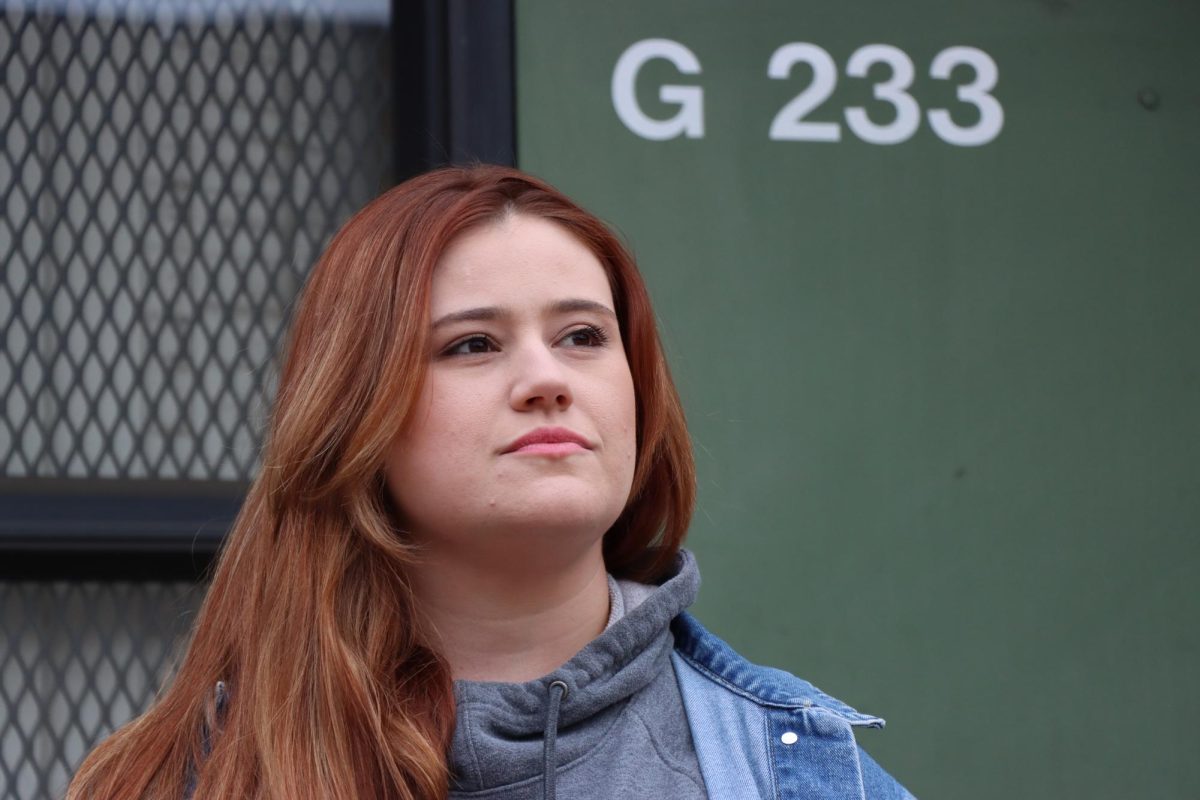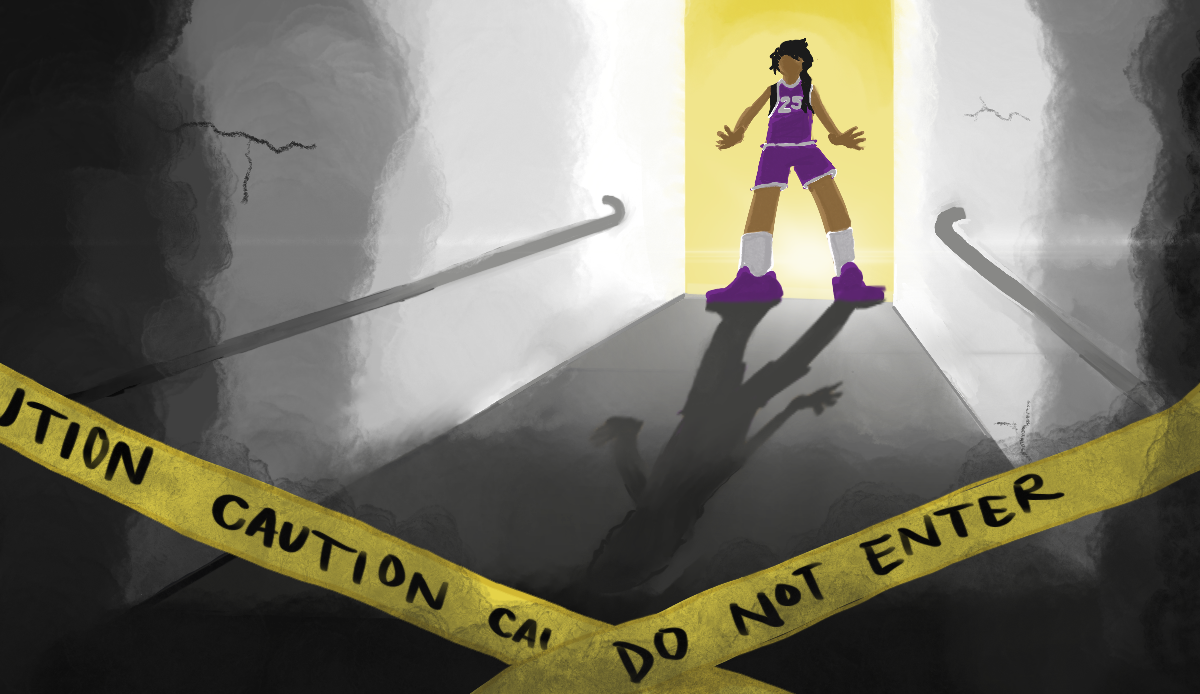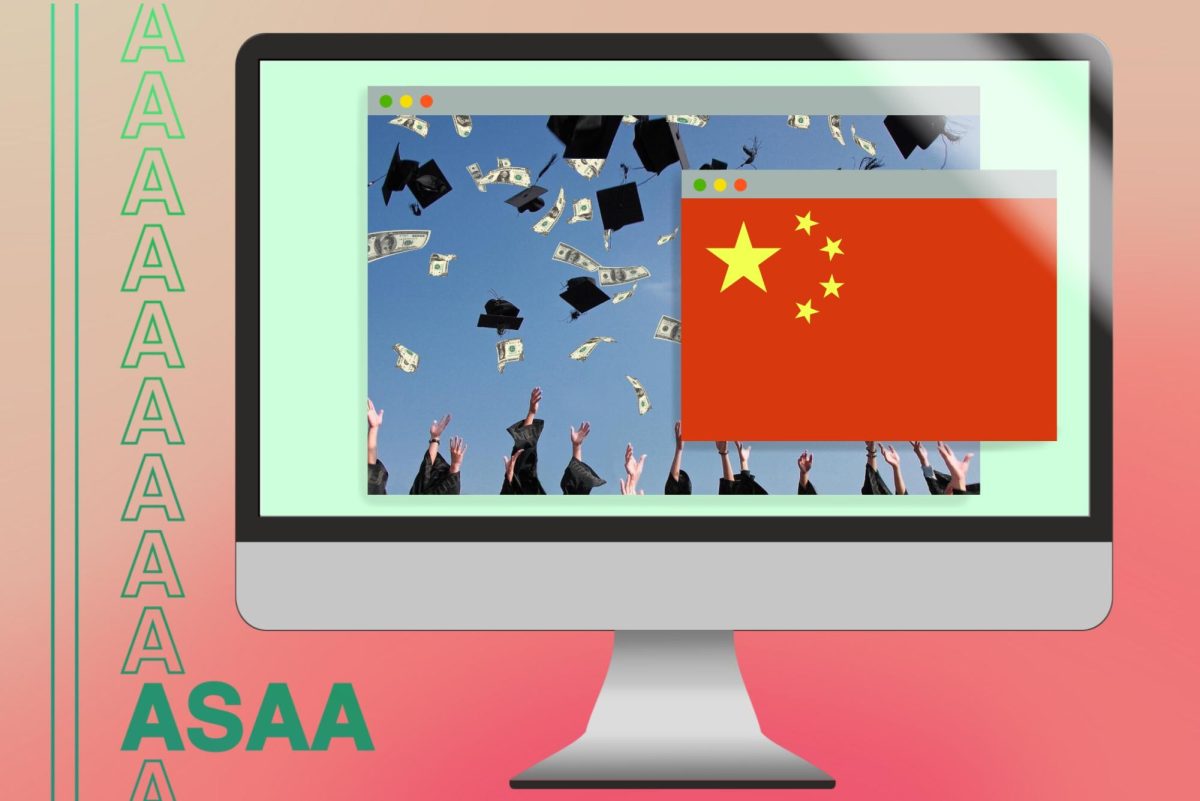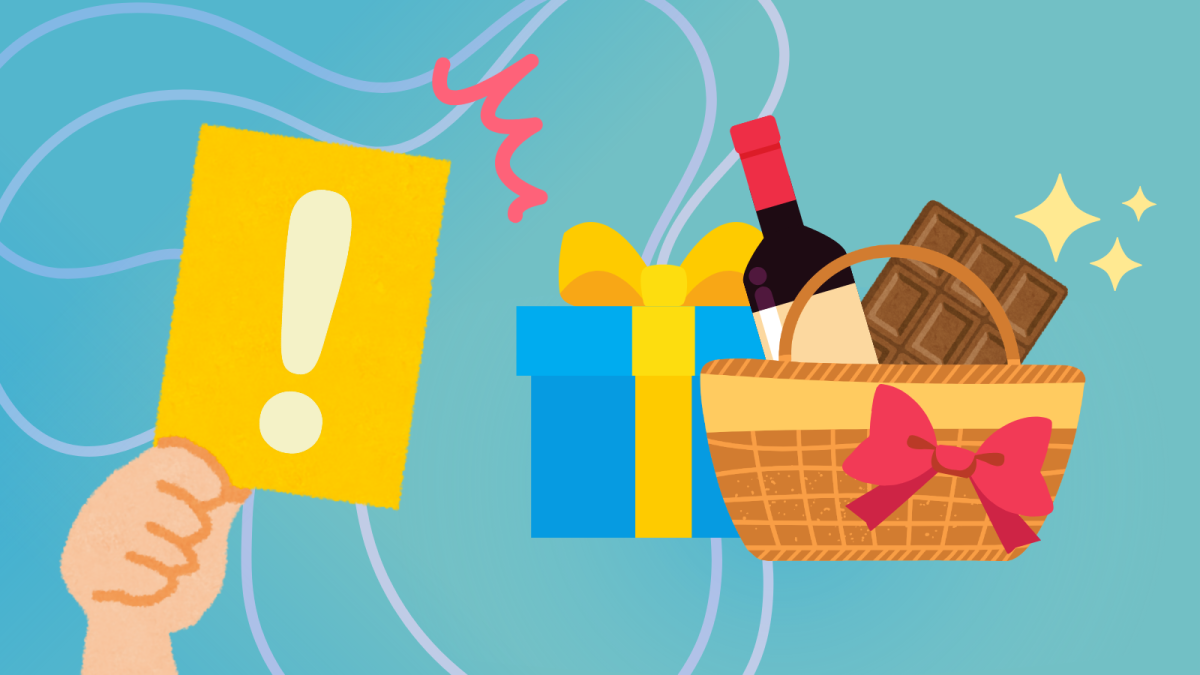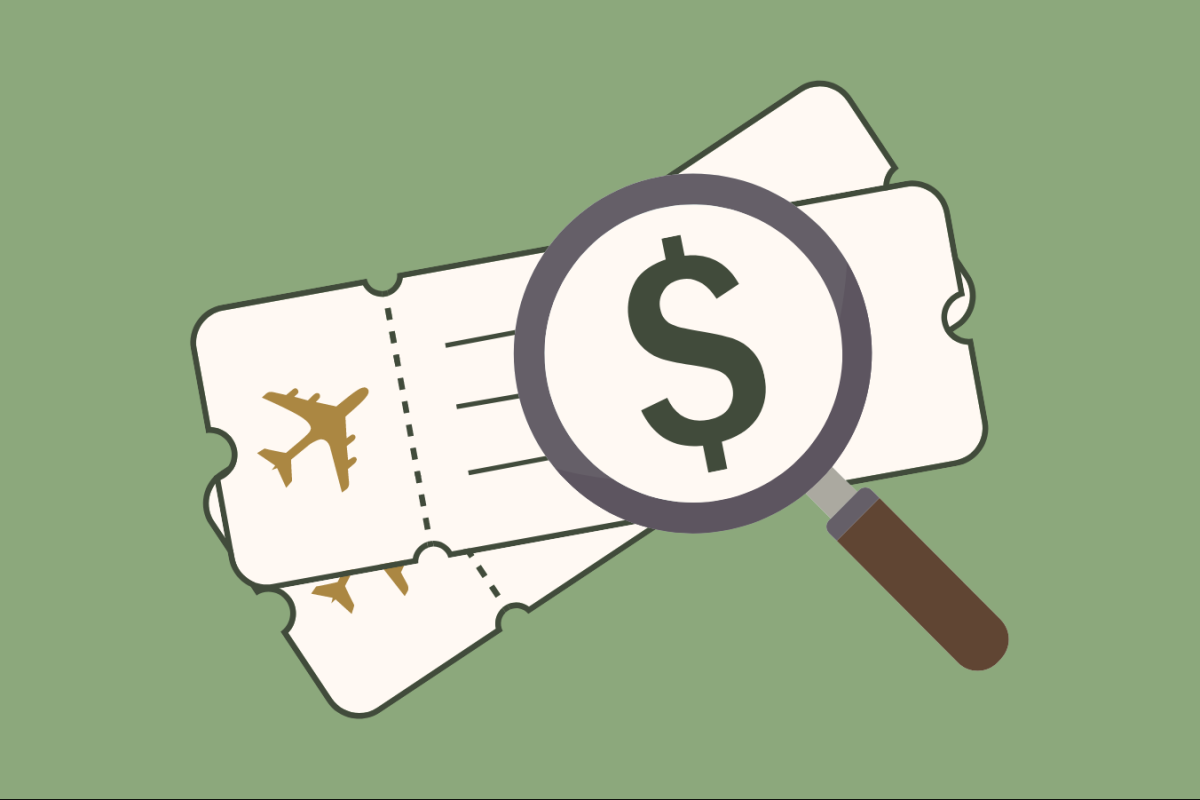Imagine walking into your therapist’s office and seeing hip-hop album covers hanging from the wall. To your immediate left is a stage and like the rest of the room it is being renovated by practitioners, peer mentors, and artists of all ages.
As your feet brace for steps and eyes round the corner you see a mural by local artist Joshua Mayes, a brilliant young man you could easily run into screening “Straight Outta Compton” at the Grand Lake Theatre a block away.
You are welcomed by warm smiling faces and hear familiar music. The cypher begins. Welcome to Beats, Rhymes and Life!
“Outside of hip hop, when is it socially acceptable for men of color to sit and talk about their feelings?” Co-Founder of BRL and most recently named one of CNN’s Heroes, Tomas Alvarez III talks about the importance of hip hop therapy in communities like West Oakland.
“Hip hop speaks straight to the soul of marginalized people, hey says they learn to use it as a tool for empowerment.” This is exactly what is done here. Living in communities that are war zones, police brutality on every other news station and block, resource and food deserts take a toll on the psyche of its members.
BRL takes the language of hip hop and allows the young men and women to speak through it, so these “at-promise” youth get a method of therapy tailor fit for them. Because BRL has a social justice framework, it actively addresses the dynamics of oppression, privilege, isms, as well as gentrification and asks the youth to look at these things critically. In doing so, it challenges traditional mental health paradigms and changes the lives of at-risk/at-promise youth, as well as the face of mental health in the 21st century.
BRL youth attend a bi-weekly session where, with the help of the BRL community, they engage in curriculum to promote group discussion and reflection. It is within these discussions that the youth are prompted to write rap songs about the things they identify with — such as loss, triumph, violence, identity, family and power. Later, with the help of staff and peer mentors, they record, produce, and ultimately perform their album at a community showcase surrounded by friends, family and other supporters as a conclusion to the program.
The BRL movement is co-led by a diverse group. Alongside Alvarez and his masters in social work is Rob Jackson, the in-house musician. Jackson is a local hip hop artist and a graduate of SF State and is not only a co-founder and co-facilitator but also developed most of BRL’s curriculum and is working on his own album, which is soon to be released.
Other members of the team are John Gill, chief operating officer and Bronx transplant with a master’s degree in social work, and Bay Area native Andrea Porfirio, the administrative coordinator with a bachelor’s degree in sociology. BRL’s model sees to it that these professionals are cross-trained.
Poverty in communities of color can manifest itself in a number of ways and to treat it successfully, it helps to understand it. Alvarez explains this in a very simplistic way:
“Poverty is an act of violence and violence creates trauma. “When you add all this up it’s like shaking a soda, the pressure starts to build.
“You are left with a few options. If you take off that cap, you’ll get an explosion. If you let the bottle sit and don’t do anything, eventually over time, it will go flat.
“That’s depression. That numbing-out effect, because we don’t address the experiences of black and brown men. Now, if you very carefully twist the cap little by little, intentionally, it releases the pressure so that you don’t get an explosion and it doesn’t go flat.
“That’s what hip hop therapy is and that’s what BRL does. Here they are allowed to use their passion for music as a vehicle for self-care.”
Instead of giving these youth a voice, BRL gives them the tools to find their own and thanks to people like Alvarez and the BRL staff, programs and therapeutic models like this aren’t imagined — they are the real thing.
Categories:
Beats, Rhymes & Life invigorates Oakland
October 15, 2015
About the Contributor
In the fall of 2019, The Laney Tower rebranded as The Citizen and launched a new website. These stories were ported over from the old Laney Tower website, but byline metadata was lost in the port. However, many of these stories credit the authors in the text of the story. Some articles may also suffer from formatting issues. Future archival efforts may fix these issues.

